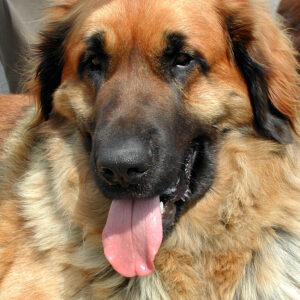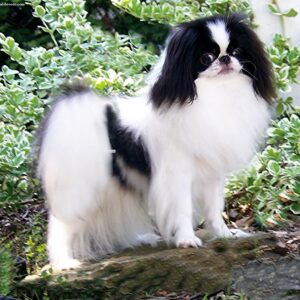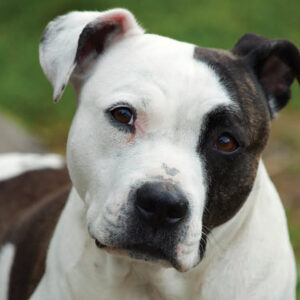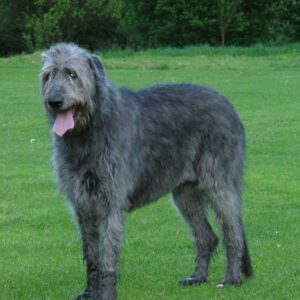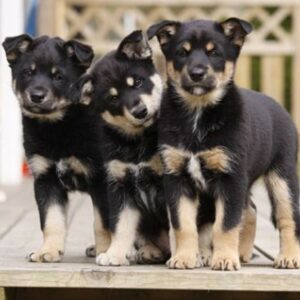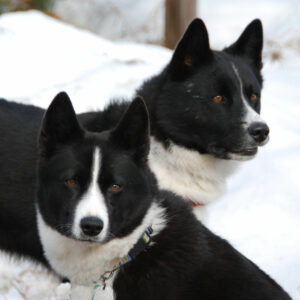Are you considering adding a new furry member to your family? Look no further than the majestic German Pinscher! This breed is a bundle of energy, with a fearless attitude and intelligent mind, making them an excellent choice for active families who enjoy outdoor activities. In this post, we’ll dive into the history, characteristics, nutrition, training, and care of the German Pinscher. So, let’s get started!
History
The German Pinscher breed dates back to the 15th century, where they were bred for catching rodents and guarding property. They were highly valued for their loyalty and bravery, and in the late 1800s, the breed began to be shown in dog shows. However, it wasn’t until after World War II that the breed nearly went extinct. Thankfully, a dedicated group of breeders helped save the German Pinscher, and today they are a thriving breed loved by many.
In 2003, the American Kennel Club recognized the German Pinscher as a breed. Although it may be a lesser-known breed, don’t let that fool you- some of the most notable and beloved dogs throughout history have been German Pinschers, such as the dog who served as the model for the RCA Victor trademark and those who served in the military during World War I and II.

Location of Origins
The German Pinscher hails from Germany, where they were bred to be loyal companions and protectors of their families. Their origins can be traced back to working-class individuals who needed a dog that could serve many jobs around the home, from catching vermin to guarding the property. Over time, the German Pinscher breed evolved into the loyal and fearless companion we know and love today.
Characteristics
The German Pinscher is a medium-sized dog, ranging from 17 to 20 inches in height and 25 to 45 pounds in weight. They have a short, smooth coat that can range from black and tan to red and fawn. Their sleek appearance gives them an athletic look, and their compact size makes them the perfect size for families with small children.
One of the most notable characteristics of the German Pinscher is their intelligence. They are quick learners and can be trained to do many tasks, from obedience training to agility courses. They are also protective of their family and make excellent guard dogs. However, with proper socialization, they can also be friendly and loving towards strangers.
Although the German Pinscher is an active breed, they are adaptable to different living conditions. They can thrive in apartments or houses with a yard, as long as they have plenty of opportunities to exercise and play. They are also an excellent choice for those who enjoy hiking or running, as they can keep up with even the most active owners.
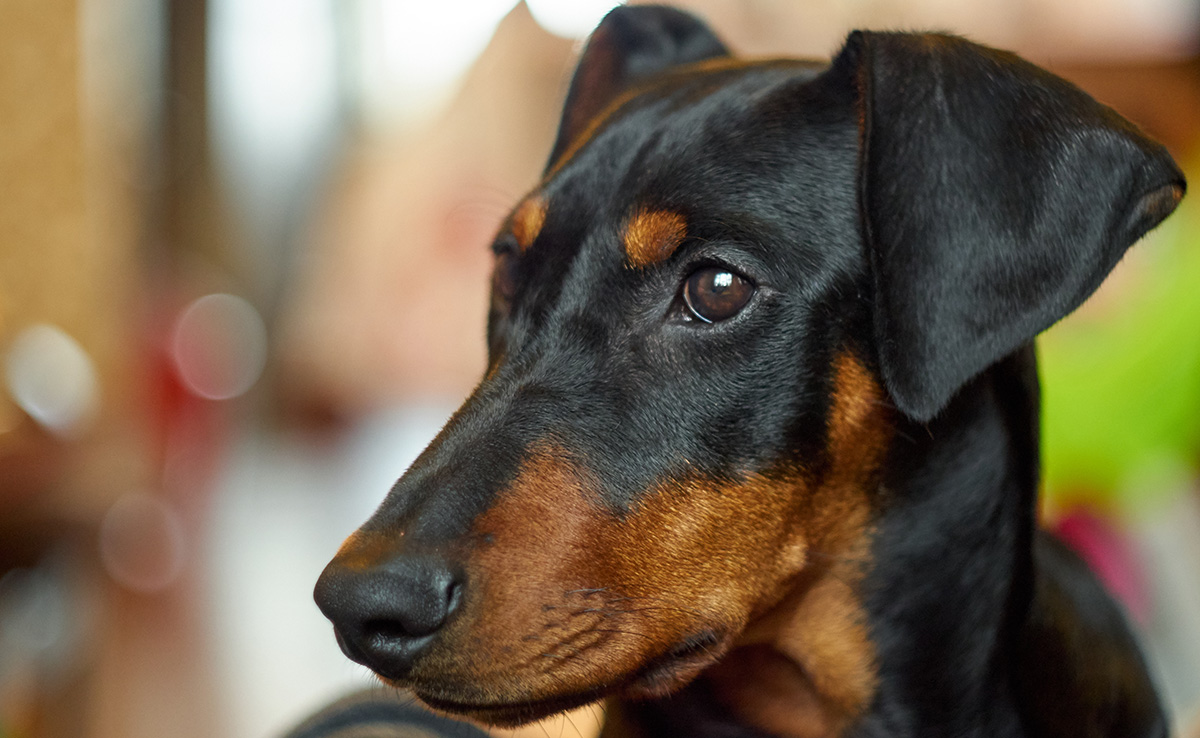
Choosing the Best Foods
When it comes to feeding your German Pinscher, it’s essential to choose a high-quality dog food that provides them with the proper nutrition they need to stay healthy and active. Since the breed is known for having a sensitive stomach, it’s crucial to avoid food that contains artificial preservatives or fillers. Instead, opt for a dog food that has real meat as the first ingredient and avoids ingredients that may cause food allergies, such as grains or dairy.
One of the best options for feeding your German Pinscher is a raw or homemade diet. These diets allow for more control over the ingredients and can eliminate the possibility of harmful additives. However, if feeding a raw or homemade diet, it’s crucial to consult with a veterinarian to ensure that the diet is nutritionally balanced.
As with any breed, it’s important to monitor your German Pinscher’s food intake and provide them with plenty of clean, fresh water. Observe your dog’s weight and adjust their diet accordingly to their activity levels and lifestyle.
Training
Training a German Pinscher can be a rewarding experience since they are intelligent and eager to please. However, as with any breed, early socialization is essential. Socializing your German Pinscher from a young age can help them develop the confidence they need to be well-behaved around other people and dogs.
The breed is known for having a stubborn streak, so it’s essential to be patient and consistent with training. Positive reinforcement techniques work well with German Pinschers, such as using treats or praise to reinforce good behavior. Avoid using negative reinforcement, as it may cause the dog to become fearful or anxious.
Since the German Pinscher is an active breed, it’s crucial to provide them with plenty of exercise and mental stimulation. Regular walks, runs, or trips to the dog park can help them burn off excess energy and prevent destructive behavior in the home. Obedience training and agility courses are also great ways to stimulate your German Pinscher’s mind and improve their overall behavior.
Taking Care
The German Pinscher is generally a healthy breed, with few inherited health issues. However, like any breed, they are prone to certain health problems, such as hip dysplasia and eye issues. Regular visits to the veterinarian can help catch any health problems early, making the treatment more manageable.
Grooming a German Pinscher is relatively easy, thanks to their short, smooth coat. A weekly brushing with a rubber grooming mitt or soft bristle brush will help them maintain a healthy coat and remove any loose hair. It’s also essential to trim their nails regularly and clean their ears weekly to prevent infections.
FAQs
Q: Are German Pinschers good with children?
A: Yes! With proper socialization, German Pinschers can make excellent family pets and are especially great with children. They are playful and energetic, which is perfect for active families.
Q: How much exercise do German Pinschers need?
A: The German Pinscher is an active breed and needs at least an hour of exercise daily, including walks, runs, and playtime. They thrive on mental stimulation, so training and obedience classes can be a great way to provide them with enough mental activity.
Q: Do German Pinschers shed?
A: Yes, German Pinschers do shed, but their short coat means that shedding is minimal. Weekly brushing and regular grooming can help reduce shedding and keep their coat healthy and shiny.
Conclusion
The German Pinscher is a loyal, fearless, intelligent, and adaptable breed perfect for active families or those who enjoy outdoor activities. They’re highly trainable and make great guard dogs, with a history that shows their long-standing reputation as excellent protectors and companions of families. By following a proper training, nutrition, and grooming routine, you can ensure that your German Pinscher will be a happy and healthy member of your family.

